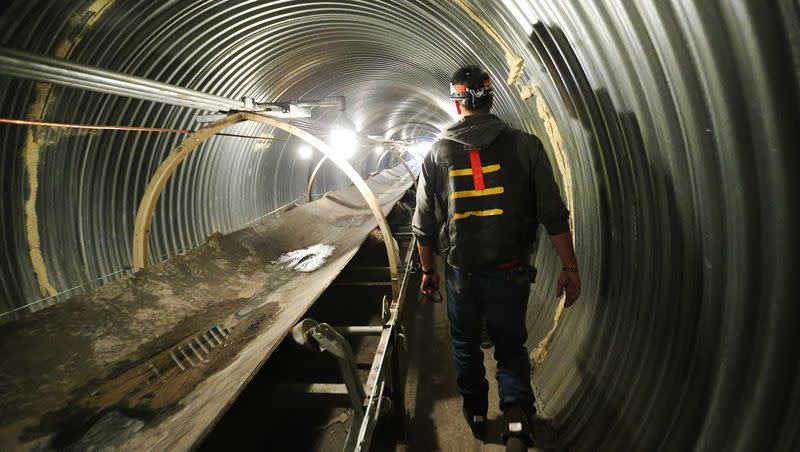Opinion: If we want more electric cars, we need more mines

How to open a new mine in the United States is now a contentious, protracted subject. There are the usual issues — some question the need for a mine or object to a particular site or are instinctively opposed to any mining. Others recognize the critical need for minerals as demand grows for clean energy technologies in the battle against global warming. Everyone has an opinion, passionately held and expressed.
However, two new issues now exacerbate this debate. One is the way minerals like lithium, cobalt and rare earths have become critically important in manufacturing batteries for electric cars and electricity storage of wind and solar energy. Minerals have taken on a second identity. They are no longer only a commodity. They have become an environmental asset, along with new technologies, that could result in large reductions in carbon emissions over time.
The other issue is our growing dependence on mineral imports, even though there is an abundance of latent minerals here in the United States. This foreign dependence is worrisome because some countries, especially China, now use the need for minerals to gain geopolitical leverage. The need for minerals is expected to skyrocket by the end of this decade, driving up the cost of raw materials and competition between countries.
Related
That volatility has become an explosive political issue, which is why political leaders are increasingly concerned about mineral production. The availability of minerals could prove as crucial to the battle against global warming as technical advances. If countries encourage an expansion of mineral production by opening new mines, the potential benefits of electric vehicles will be huge. That’s because a secure supply of minerals would provide tangible gains that could be passed on to consumers.
Opening new mines isn’t rocket science. Canada and Australia have been doing it for years. The main difference lies in U.S. mine permitting. Bringing a new mine to full production in the U.S. requires 20 years or longer. Mine permitting takes less than half that time in Canada and Australia. Instead of creating an incentive to build more mines, the labyrinthine U.S. permitting process produces a reverse incentive for U.S. mining companies to invest abroad.
More than ever before, we need Congress to approve a more efficient and modern permitting system, and as fast as possible. Then maybe it will be time for the mining pendulum to start coming back to the USA.
Gary Marlin Sandquist is professor emeritus at the Mechanical Engineering Department at the University of Utah.

